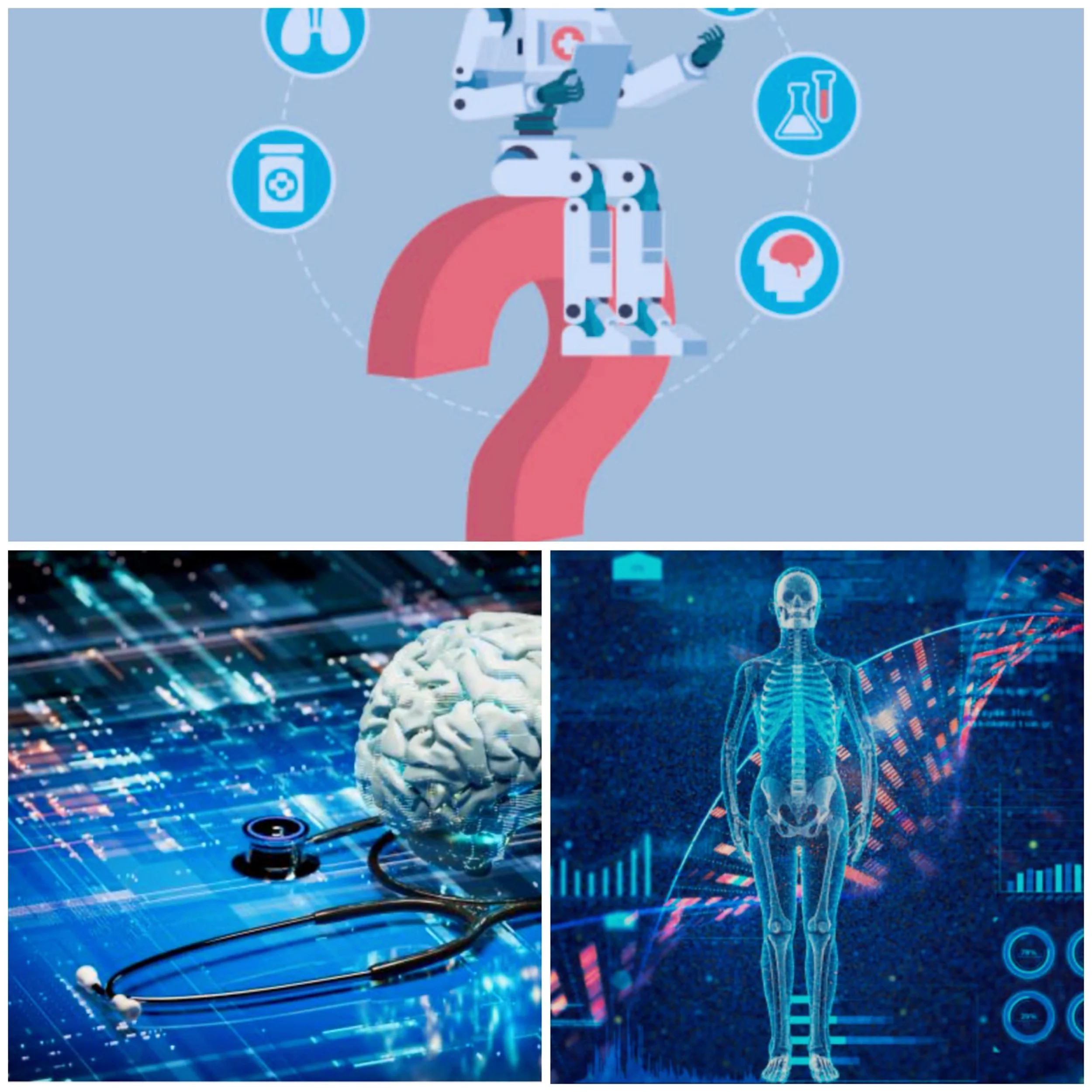How is AI improving early cancer detection
Introduction
AI is significantly improving early cancer detection through various innovative approaches:
Enhanced Imaging Analysis
AI algorithms analyze medical images like mammograms, CT scans, and MRIs to detect cancer earlier and more accurately than human eyes alone.
In breast cancer screening, AI tools have shown promise in:
Equaling the performance of expert readers
Serving as a second reader for mammographic reviews
Providing triaging to prioritize image reading
Improved Accuracy and Efficiency
AI-powered tools are reducing false positives and false negatives in cancer screening:
In breast cancer detection, AI algorithms decreased false positives by 5.7% and false negatives by 9.4%
The Mia AI tool identified tiny signs of breast cancer in 11 women that were missed by human doctors during a NHS trial
Automated Detection Systems
Computer-Aided Detection (CADe) systems can detect and label suspicious regions as lesions in medical images
Computer-Aided Diagnosis (CADx) systems not only highlight suspicious areas but also indicate the nature of detected lesions as malignant or benign
Multi-Modal Analysis
AI systems integrate multiple data types, such as histopathology and molecular data, to improve clinical decision-making and predict outcomes for cancer patients
Risk Prediction
AI models trained on population-level disease data can predict a person’s risk of developing certain cancers, such as pancreatic cancer, enabling earlier detection
Expedited Screening Process
AI can rapidly process medical images, allowing radiologists to focus on tasks requiring their technical judgment
Tools like Mia have the potential to reduce waiting times for mammogram results from 14 days to 3 days
Conclusion
By leveraging these AI-driven approaches, healthcare providers can detect cancer at earlier stages, potentially leading to better treatment outcomes and improved patient survival rates.






